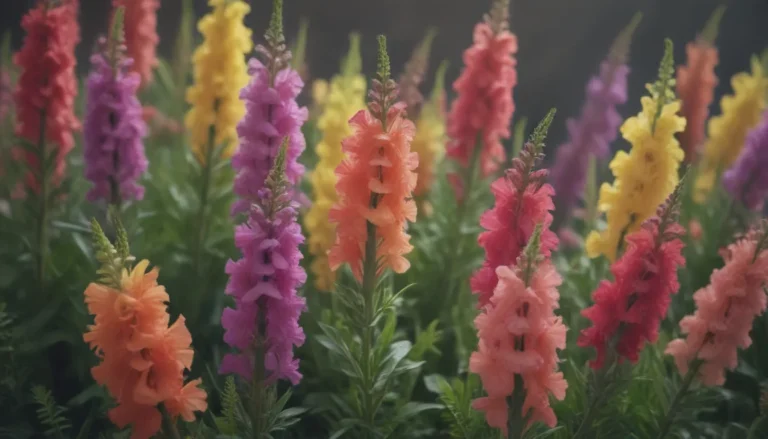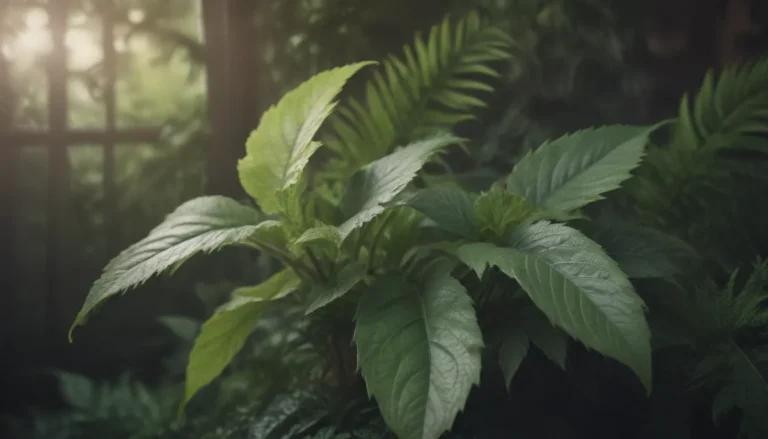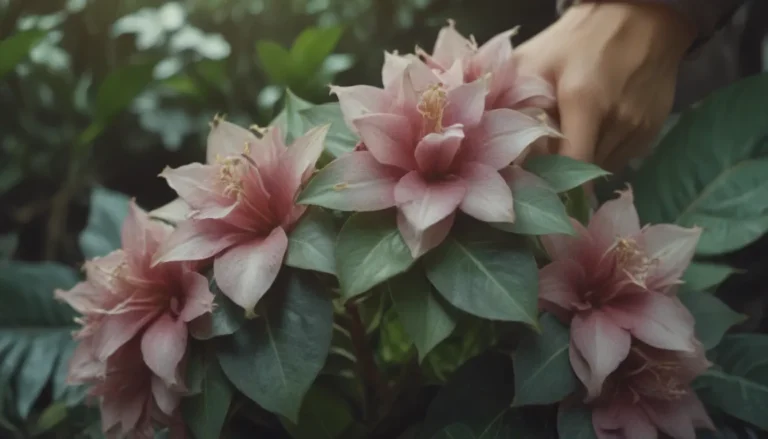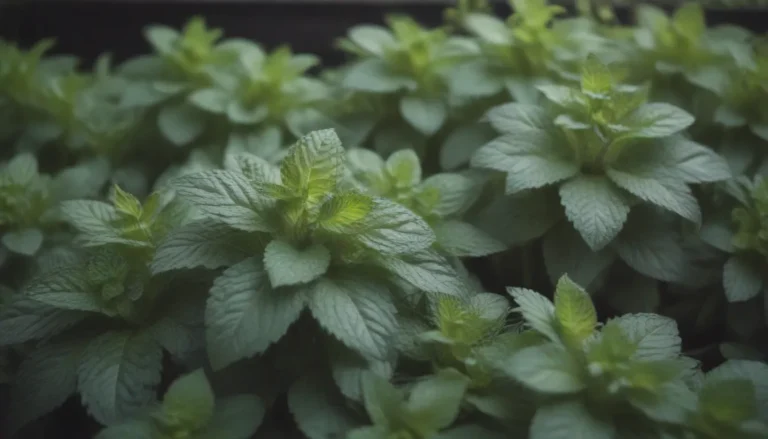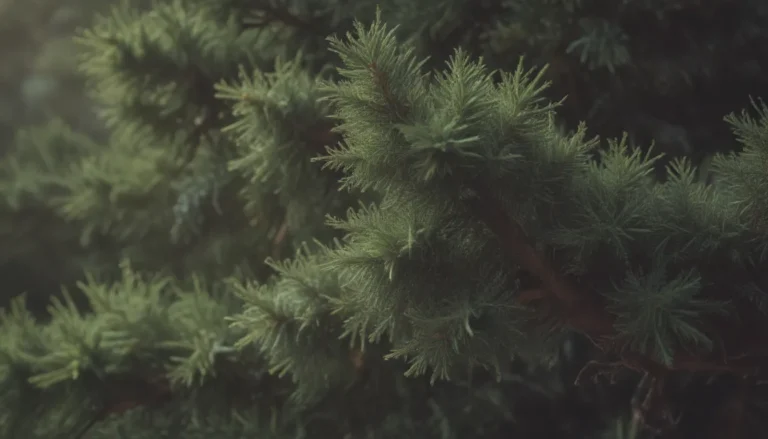The Ultimate Guide to Growing and Caring for Century Plants

Welcome to the ultimate guide to growing and caring for century plants! If you’re a succulent lover looking to add a visually stunning agave species to your collection, you’ve come to the right place. In this article, we’ll explore everything you need to know about century plants, from their unique characteristics to tips on how to care for them and get them to bloom.
What is a Century Plant?
The century plant, also known as Agave Americana or American aloe, is a striking succulent that can grow up to ten feet wide and six feet tall. Its fleshy, arching leaves come in shades of grey-green or variegated colors and are tipped with sharp spines to protect itself from intruders. Contrary to its name, the century plant does not actually take 100 years to bloom. Instead, it typically blooms after two or three decades of storing up energy to send up a single stalk topped with small yellow blossoms. Once it blooms, the plant will die, making it a monocarpic species.
Century Plant Care Tips
Growing and caring for a century plant requires a hands-off approach and patience. Here are some essential care tips to help your century plant thrive:
Light
Like other agave species, century plants thrive in full sun. Aim to plant them in a location that receives at least six to eight hours of sunlight each day. However, they can also tolerate light shade if full sun isn’t possible.
Soil
Century plants do best in dry, sandy soil with excellent drainage. They can tolerate other soil types, including clay, but avoid overly moist conditions as it can lead to root rot.
Water
While century plants are drought-tolerant and store water in their leaves, they still appreciate regular watering during the spring and summer growing season. Water deeply, but allow the soil to dry out completely between waterings.
Temperature and Humidity
Century plants prefer warm temperatures and low humidity levels, making them ideal for regions similar to Mexico and Texas. They are hardy to about 20 degrees Fahrenheit but can suffer damage from frost.
Fertilizer
Century plants typically do not require fertilization, as they do well in nutrient-sparse soil. Avoid feeding them with fertilizer, as it can shorten their lifespan.
Types of Century Plants
There are several cultivars of century plants to choose from, each with its own unique characteristics. Some popular varieties include:
- ‘Marginata’
- ‘Mediopicta alba’
- ‘Mediopicta aurea’
Propagating Century Plants
Century plants can be easily propagated from offsets, also known as pups. Here’s how you can propagate your century plant:
- Gently separate the pups from the parent plant.
- Plant the pups in well-draining soil.
- Water the new plants regularly and watch them grow into mature century plants.
How to Grow Century Plants From Seed
While growing century plants from seed is uncommon, it’s more practical to propagate them from offshoots for a higher success rate.
Potting and Repotting Century Plants
Century plants can be grown in pots, but keep in mind that they will eventually reach a large size. When repotting, make sure to use a container with excellent drainage to prevent root rot.
Overwintering
In colder climates, century plants should be brought indoors during winter to protect them from frost. Provide them with a well-draining location and some form of insulation against the cold.
How to Get Century Plants to Bloom
The most challenging part of getting a century plant to bloom is waiting for it to happen. With patience and proper care, your century plant will reward you with a spectacular flower display.
Common Problems With Century Plants
Century plants are generally healthy, but they can face a few challenges, including root rot and agave snout weevil infestations. Here’s how to address common problems:
Root Rot
If you notice wilting or discolored leaves, it’s a sign of root rot. To address this issue, examine the roots, cut away any damaged parts, and replant the century plant in well-draining soil.
Agave Snout Weevil
Look out for signs of an infestation, such as tilting or leaning plants and a foul smell. Protect your century plant from weevils by applying neem oil or other insecticides regularly.
In conclusion, century plants are beautiful and unique succulents that can be a great addition to any garden. By following the care tips outlined in this guide, you can grow a healthy and thriving century plant that will reward you with its stunning beauty for years to come. Happy gardening!
